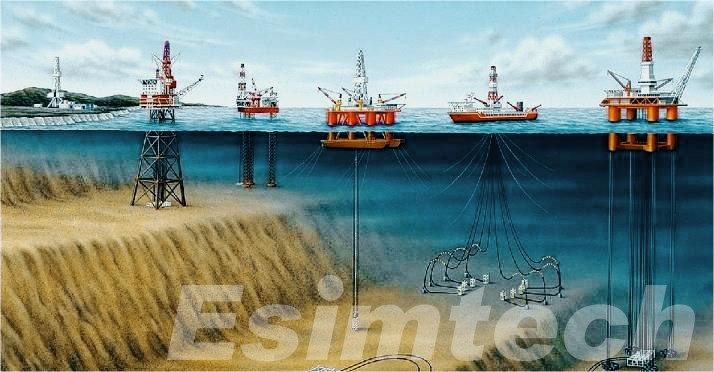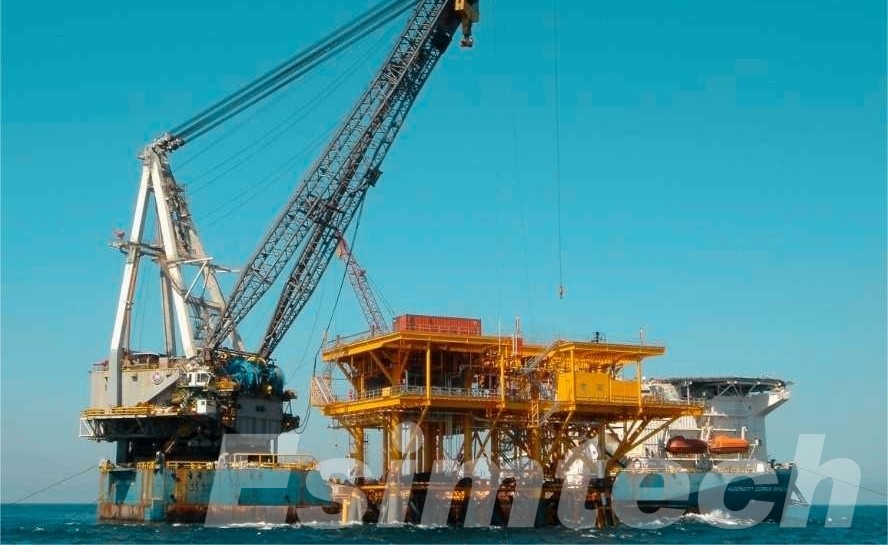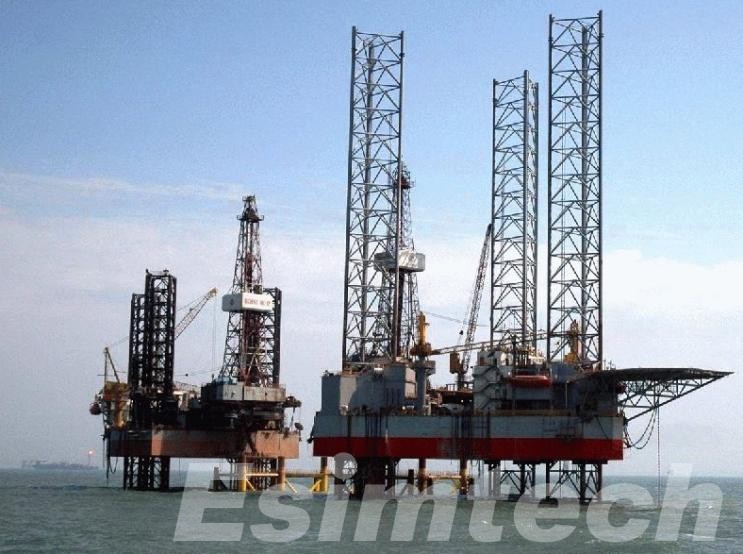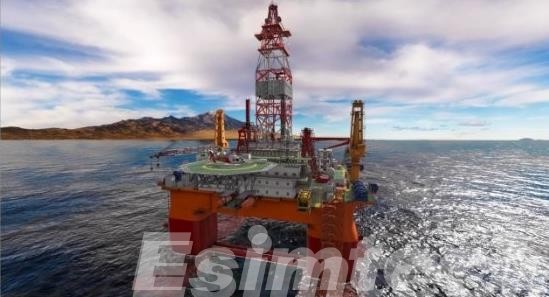What are the Differences Between Coastal Drilling and Offshore Drilling
Coastal drilling and offshore drilling are two terms often used interchangeably in discussions about oil and gas exploration, but they refer to distinct methods of extracting hydrocarbon resources beneath the seabed. Both practices play a crucial role in meeting the world’s energy needs, yet they vary significantly in terms of their location, depth, and environmental considerations. In this article, we delve into the differences between coastal drilling and offshore drilling, shedding light on the intricacies and nuances of these essential processes.

Definition of Coastal Drilling and Offshore Drilling
Coastal Drilling
Coastal drilling refers to the process of drilling for oil or natural gas that is located beneath the seabed relatively close to the shoreline. This can include drilling from platforms or facilities that are situated along the coastline, extending into the sea to reach the hydrocarbon reserves. Coastal drilling operations are typically conducted in shallower waters and may involve structures that are partially or entirely fixed to the seabed. These operations are subject to specific environmental regulations and may impact coastal ecosystems and communities.
Offshore Drilling
Offshore drilling, on the other hand, involves the extraction of oil or natural gas from reservoirs located beneath the seabed, typically some distance away from the coastline. Offshore drilling platforms, commonly referred to as offshore rigs or oil platforms, are installed in various bodies of water, such as seas and oceans, to access these underwater reserves. Offshore drilling can be further categorized into shallow-water drilling (close to the shore in relatively shallow depths), deepwater drilling (in deeper, open ocean areas), and ultra-deepwater drilling (in extremely deep and remote offshore locations). The process involves drilling wells from floating or fixed platforms anchored to the seabed.
Both coastal drilling and offshore drilling play significant roles in the global energy industry, but they differ in terms of location, equipment, and logistical challenges. The choice of method depends on the location of the oil or gas reserves and the technical and economic feasibility of extracting them from the chosen site.

Key Differences Between Coastal Drilling and Offshore Drilling
Coastal and offshore drilling are both methods for extracting oil and natural gas from beneath the seabed, but they have key differences in terms of location, depth, environmental impact, and logistical considerations. Here are some of the key differences between the two:
Location
- Coastal Drilling: Coastal drilling takes place relatively close to the shoreline, often within sight of land. It involves drilling operations situated along the coastline or in shallow waters near the coast.
- Offshore Drilling: Offshore drilling encompasses a broader range of locations, including drilling in shallow, deep, and ultra-deep waters far from the shoreline. It can be located several miles to hundreds of miles offshore.
Water Depth
- Coastal Drilling: Coastal drilling typically occurs in shallower waters, which are usually less than 200 meters (approximately 656 feet) deep.
- Offshore Drilling: Offshore drilling can take place in a wide range of water depths, including shallow waters (less than 200 meters), deep waters (200-1,500 meters), and ultra-deep waters (greater than 1,500 meters).
Environmental Impact
- Coastal Drilling: Coastal drilling operations have a more immediate impact on nearshore environments. They can pose risks to coastal ecosystems, fisheries, and local communities. Oil spills in coastal areas can have significant consequences.
- Offshore Drilling: Offshore drilling, especially in deeper waters, may have a lower immediate impact on coastal ecosystems. However, the risks associated with oil spills can still affect marine life and ecosystems over a broader area.
Logistical Complexity
- Coastal Drilling: Coastal drilling may be considered less logistically complex compared to offshore drilling because it’s closer to infrastructure, supply chains, and support services on the mainland.
- Offshore Drilling: Offshore drilling is often more logistically complex due to the need for specialized equipment, remote locations, and transportation challenges. Deepwater and ultra-deepwater drilling require advanced technology and expertise.

Regulations and Permitting
- Coastal Drilling: Coastal drilling is subject to specific regulations related to coastal and nearshore activities. Permitting requirements may vary by region and country.
- Offshore Drilling: Offshore drilling is subject to a more extensive set of regulations and international treaties, especially in deep and ultra-deep waters, to address safety, environmental protection, and jurisdictional boundaries.
Distance to Reserves
- Coastal Drilling: Coastal drilling typically involves reservoirs located relatively close to the shoreline, making it accessible from land-based infrastructure.
- Offshore Drilling: Offshore drilling may target reservoirs located at a considerable distance from the coastline, which requires specialized drilling platforms and support vessels.
These differences reflect the varying challenges and considerations associated with coastal and offshore drilling, as well as the different environmental and logistical factors that come into play when extracting oil and gas resources from beneath the seabed.
Safety and Environmental Considerations of Coastal Drilling and Offshore Drilling
In coastal drilling, the proximity to populated areas and coastal ecosystems heightens the potential consequences of accidents. Oil spills and equipment failures can result in immediate environmental damage and harm to coastal communities. As a result, regulatory oversight and safety protocols are critical to mitigate these risks.
Esimtech Petroleum offers oil and gas simulation tools for handling dangerous situations. These tools help companies create lifelike scenarios, practice safety responses, and train staff without the risks of real-life exercises. Using this technology in safety plans can make drilling safer and enhance the industry’s safety performance.

Offshore drilling, although more remote, has its own set of challenges. The technical complexity of drilling in deepwater locations demands a high level of safety and preparedness. Environmental concerns are also significant, as accidents in deep water can have far-reaching and long-term ecological impacts. The Deepwater Horizon disaster in 2010, an offshore drilling incident in the Gulf of Mexico, is a tragic example of the environmental and economic consequences of such events.
Conclusion
Coastal drilling and offshore drilling are two distinct methods of extracting oil and natural gas from beneath the seabed. While both methods play a vital role in meeting global energy demands, they differ significantly in terms of water depth, platform types, proximity to coastlines, environmental impacts, and regulatory frameworks. Understanding these distinctions is crucial for policymakers, regulators, and industry stakeholders to implement appropriate safety measures and environmental protections for each type of drilling operation.
